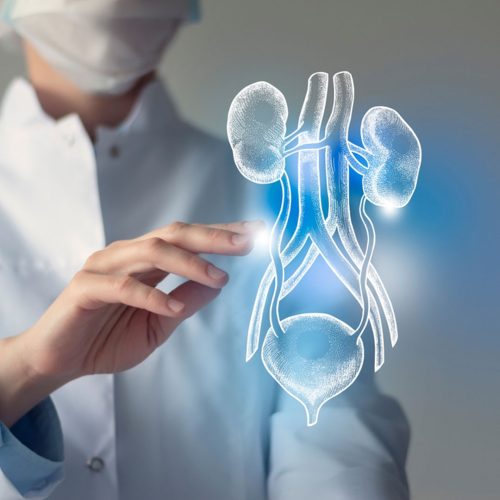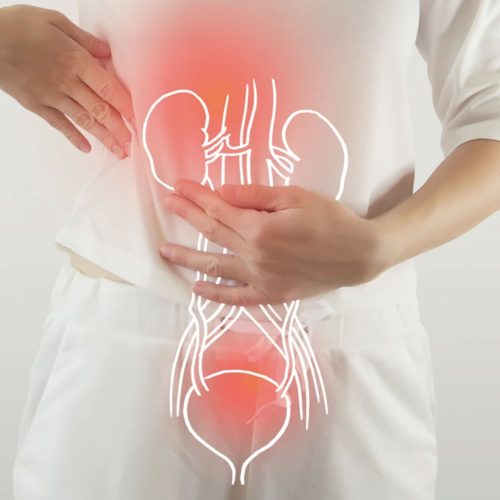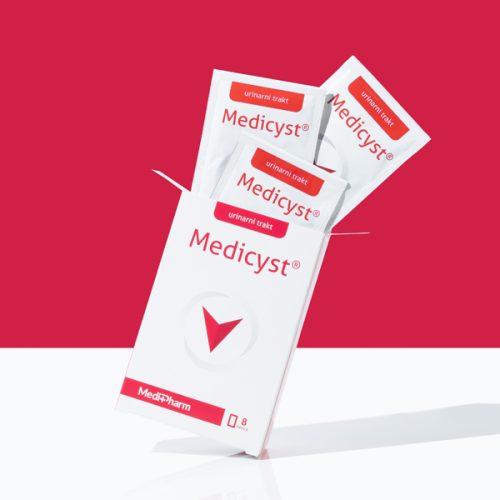Urinary infections are infections that occur most commonly in women and are the most common infectious diseases immediately after respiratory infections.
Urinary infections are divided into acute ones, which occur suddenly with violent symptomatology and chronic – slow flow lasting longer. There is a division into both complicated and uncomplicated, with complicated urinary infections having some pathophysiological or anatomical predisposition to infection. Usually, such an infection is treated with longer or more powerful antibiotics, such as in diabetics, immunocompromised patients suffering from malignancies, patients with stones in the urinary tract or some congenital or acquired urinary tract anomaly, etc.
Some urinary infections occur exclusively after sexual intercourse, so we call them “honeymoon” cystitis or “honeymoon” infections, and they require a special form of therapy.
Hospital infections are special because they are often caused by highly resistant bacteria, insensitive to the action of numerous antibiotics.
The most severe form of urinary infection is urinary sepsis, which is caused by the spread of the infection to other organs, and is a difficult and life-threatening condition and is often treated with special “backup” antibiotics.
Symptoms
Urinary infection is usually manifested by frequent urge to urinate, wheezing when urinating, pain in the lower abdomen or in the urethra, especially at the end of urination, and sometimes blood in the urine can be seen, visible to the naked eye or microscopically. In these cases, the most common is inflammation of the bladder (cystitis).
Therapy
The therapy and length of treatment for urinary infection is prescribed by the urologist after diagnosis. In addition to antibiotic and non-antibiotic therapy prescribed by a urologist, there are non-pharmacological measures that can help reduce symptoms and work to prevent urinary infections.
Prevention of urinary infection:
- Increase fluid intake, as this decreases the concentration of bacteria in the urinary tract organs, and with more frequent urination they are mechanically removed,
- Avoiding cold and fizzy drinks,
- In periods of treatment of urinary infections candy intake should be reduced,
- Avoid sexual relations,
- Increase the level of personal hygiene,
- It is not necessary to delay urination, but to urinate as often as possible






